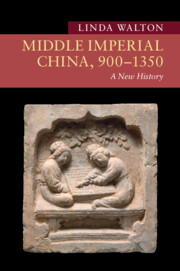The Scytho-Siberian ‘animal style’ encapsulates a broad artistic tradition, which was widespread across the Eurasian Steppe in the first millennium BC, but the scarcity of secure contexts limits the exploration of temporal and regional trends. Here, the authors present animal-style items excavated from a late-ninth-century BC kurgan, Tunnug 1, in Tuva Republic. The limited range of animals and the utilitarian associations of the artefacts suggest a narrow symbolic focus for early Scythian art, yet stylistic diversity evidences the co-operation of multiple social groups in the construction and funerary ritual activities of monumental burial mounds in the Siberian Valley of the Kings.

